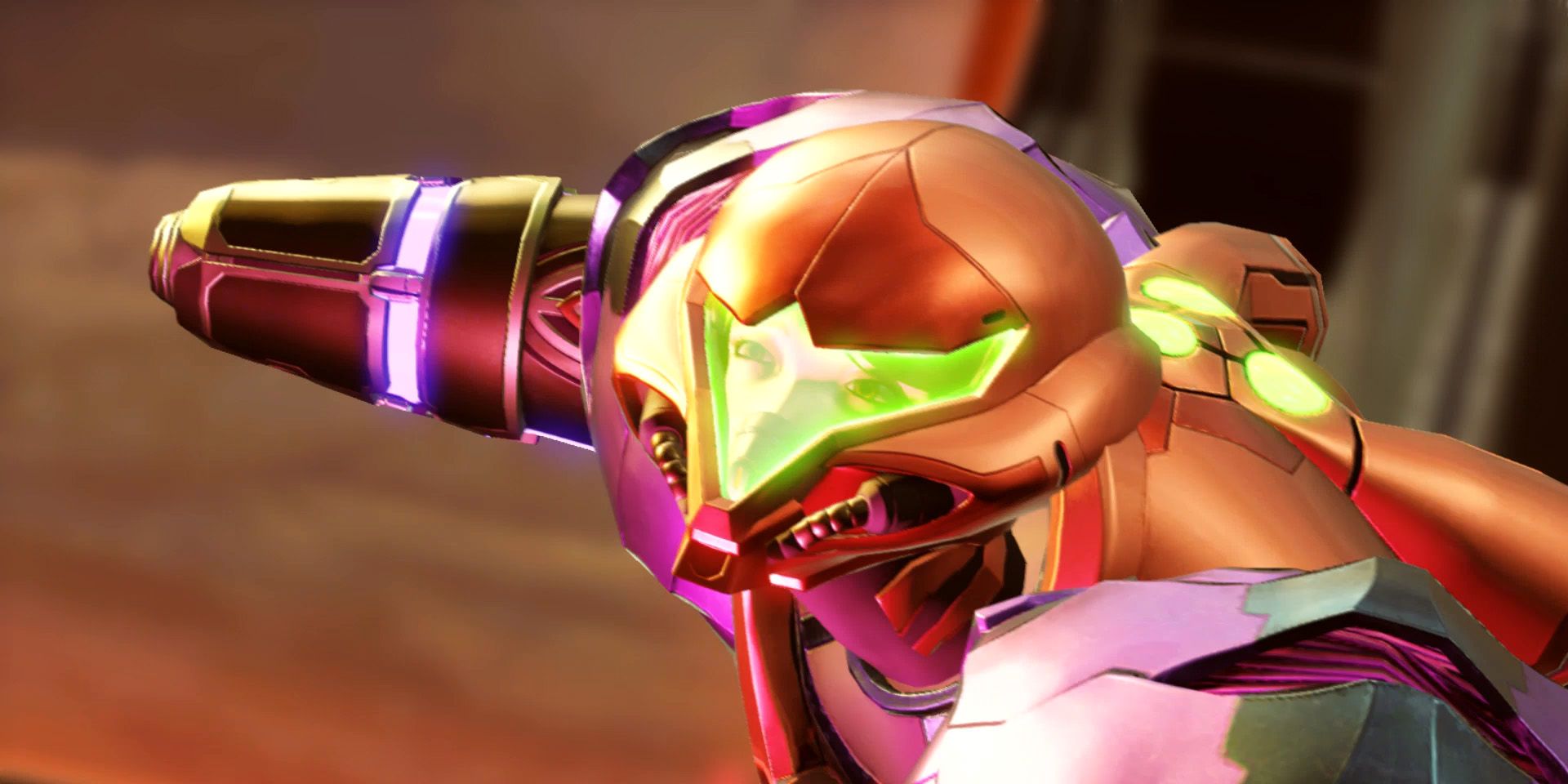The Metroid series has been long dormant, with the last 2D entry releasing nearly two decades ago. In between then and now there have been a number of spin-offs such as the Metroid Prime trilogy, but these were generally disconnected from the main storyline started with the original Metroid in 1986. The exception to this is Metroid: Other M, which is considered by many fans to be the worst in the series due to a number of drastic changes to the successful Metroid formula. These included giving the playable character, Samus, a voice as well as more nimble and action-focused gameplay diverging from the tankiness of Super Metroid.
The most recent entry in the 2D storyline, Metroid Dread, has been marketed and received by the community as a return to the series' roots. It finally wraps up a story thirty-five years in the making and gives closure to Samus' relationship with the X Parasite, the Chozo, and the Metroids. However, playing through the game, Metroid Dread actually takes a lot more pointers from Other M than the series' best-reviewed entry, Super Metroid.
RELATED: 8 Things We Wish We Knew Before Starting Metroid Dread
Other M's Ideas in Metroid Dread

Metroid: Other M is largely considered a failure because of two huge changes. The first is how the title handled the Samus. Due to technological limits, most video game characters created in the 1980s were silent except for the odd grunt or jump noise, which even Samus did not have. Giving her a voice and allowing players access to her inner monologue with film-quality cutscenes sounds like a great idea in concept, but Other M Samus came across as whiny, and a poor direction on the voice acting performance did not help with its lackluster writing. In Metroid Dread, Samus is a lot more confident, and while she does speak it is saved for special occasions to not break the atmosphere of Planet ZDR.
Most of Samus' characterization in Metroid Dread comes from her actions rather than her voice, and this is thanks to the fast-paced action combat. The use of the parry mechanic allows Samus to perform stylish maneuvers when battling her most fearsome foes. Even when Samus comes face-to-face with Kraid, she simply readies her weapon while staying cool instead of talking to herself as she might in Other M.
This is all compared to the relatively clunky feeling of Super Metroid which, despite having one of the first English voice lines in Nintendo history, did not provide much in the way of characterization for Samus. The only similarity between Super Metroid and Metroid Dread is their 2D format, as Other M was more of a 2.5D experience with brief first-person moments using Samus' missiles. Even this kind of perspective shift is employed in Dread when Samus uses the Omega Cannon to destroy various E.M.M.I. robots.
The difference between Metroid Other M and Metroid Dread comes down to the execution of these ideas. Whereas Other M was a little heavy-handed with its story and maternal themes, Dread leaves much more room for nuance and interpretation. The gameplay operates in a similar way, while both are undoubtedly more stylish and interactive than Super Metroid, the technology and control scheme of the Wii did not do Other M any favors. Furthermore, the sparing use of Samus' voice allows for her actions to do most of the talking, which is very in-line with how the character has always been portrayed.
Metroid Dread is available now for Nintendo Switch.

